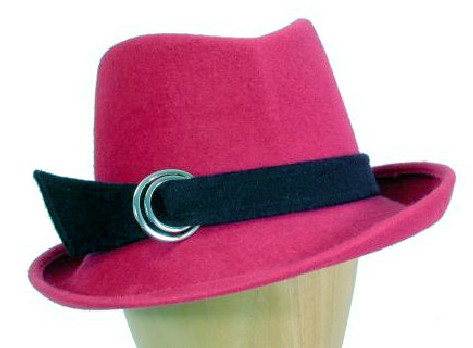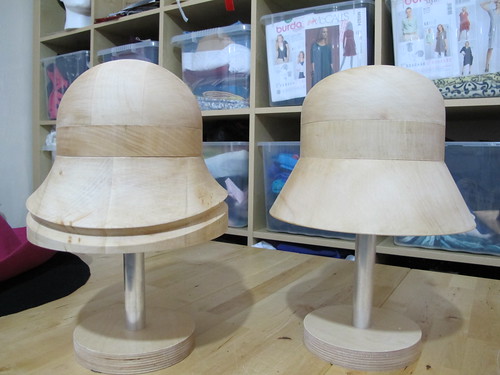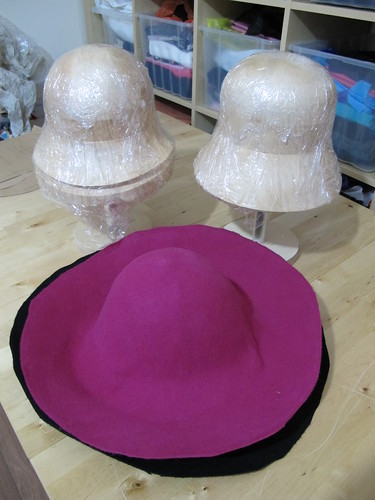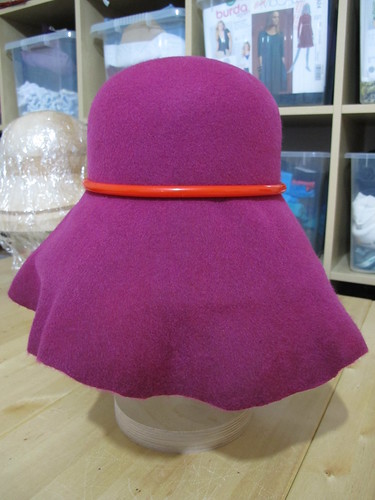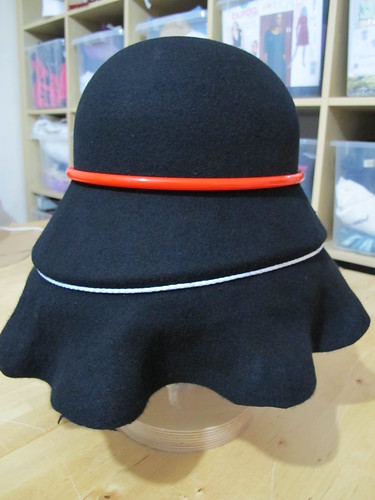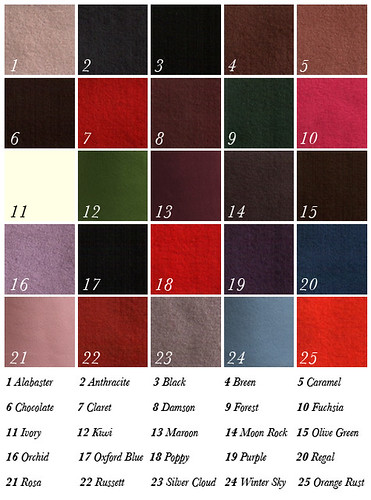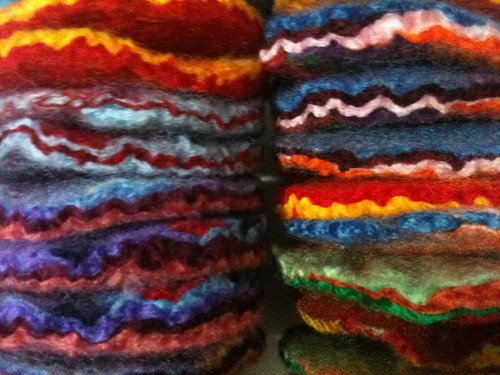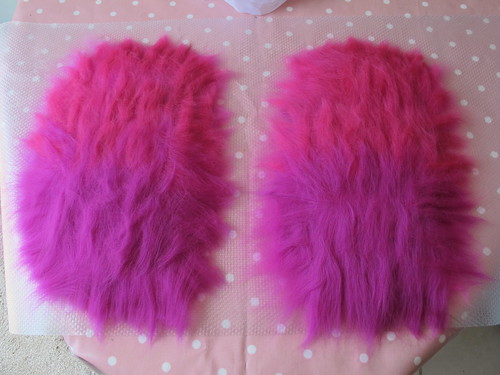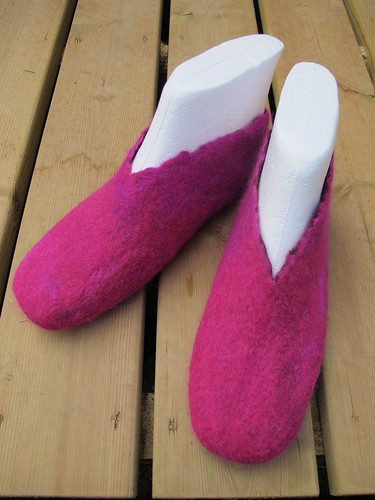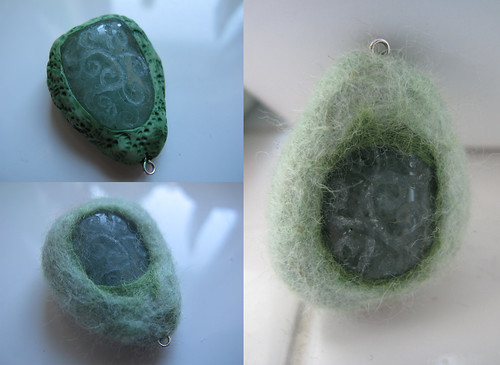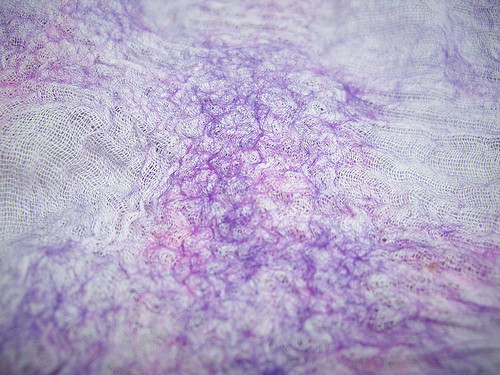I was hoping to show you three finished hats today – but apparently that was a vast under-estimation of how long it would take me to do all the hand sewing! Admittely there were interruptions (doing the laundry, finding a mouse in the kitchen, rearranging all the furniture in the sewing room, stroking the rabbit…), but hand sewing is still very slow – especially around the inside of a hat.
The one above is finished, and it’s actually one I’ve had for ages. It’s a Whiteley hat that I fell in love with, but didn’t wear very often.
It used to look like this. I took off all the trimmings, soaked the felt, and re-blocked it into the cloche shape above. Fundamentally the same hat, but now in a shape that I’m much more likely to wear!
This is as far as I’ve got with the black cloche which was one of the first onto the new blocks. I’ve sewn the band inside, which took ages, as I was trying to discover which would be the best needle to use. (I’m still not sure.) I’ve sewn brim wire all the way around the edge of the brim with a stitch that’s like a blanket stitch, but with a french knot thrown in for extra security. I’ve also sewn the black grosgrain edging to the inside of the brim, and you can see that it’s just pinned into place on the outside. I’m not entirely sure that this was the best type of grosgrain to use, as it’s 100% polyester, and I’m not convinced I’m going to be able to steam the fullness out of it so that it sits smoothly in place.
The red grosgrain, which is just pinned in place to give you an idea, is a vintage one that came to me in a donated pile of ribbons, and it looks to be a much better quality. The button I just happened to have in my stash, along with a matching purple one that’s going to look lovely on the purple hat that’s blocking on my table now.
I think my next hat day is going to be Monday (unless I manage to sneak in a few stitches at the weekend), so this is definitely going to be a very slow process!


